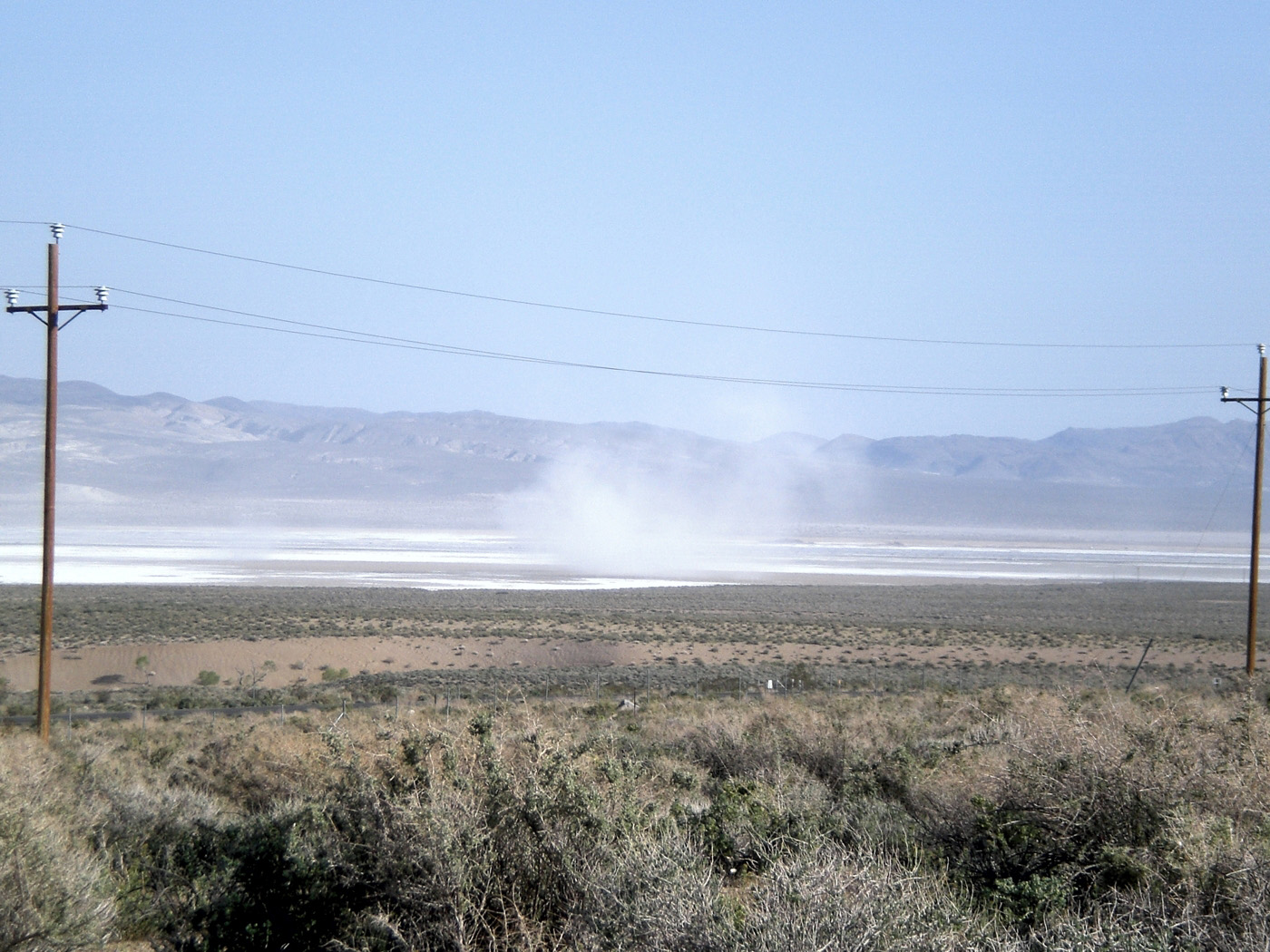Graduate student Dayna Quick recently received the “Geosystems Award for Best Earth Systems Science Paper” given at the 65th Annual Conference of the California Geographic Society held this year in Bishop, Ca, April 29 – May 1. “Founded in 1946, the CGS is the oldest statewide organization dedicated to enhancing the understanding of geography as well as promoting interaction amongst academic and applied geographers, as well as members of the general public who share an interest in geography” (source).
The Geosystems Award, also known as the Christopherson Award, “became the first endowed award in the organization’s history. This was made possible in 2002 by Robert and Bobbé Christopherson. Bobbé and Robert’s Geosystems: An Introduction to Physical Geography is a leading textbook in physical geography. Their dedication to furthering our knowledge of the environment is reflected in their enthusiastic support of students. Robert Christopherson, from American River College, received the Outstanding Educator Award in 1997 and was keynote speaker in the Presidential Plenary at the 2002 meeting” (Ibid.).
Dayna’s award winning paper, coauthored with Oliver Chadwick, was titled “The accumulation of salt-rich dust from Owens Lake playa on nearby alluvial soils of the Sierra Nevada,” and the abstract is as follows: Over the last century, Owens Lake playa has been one of the largest sources of PM-10 dust in the United States. To evaluate the spatial impact of the salt-rich playa dust on the alluvial soils of Owens Valley, we sampled soils on alluvial fans of the Sierra Nevada piedmont to determine soluble salt and specific ion concentrations. One site directly north of the playa has significantly higher salt concentrations as measured by electrical conductivity (EC) compared to other soils sampled, an average pH of 10 and a sodium adsorption ratio (SAR) greater than 15, suggesting a strong impact of dust as a result of local topography and wind patterns. Although EC, pH, and SAR of other sampled soils fall into normal ranges, soils closer to the playa show greater salt and sodium impact than those further away, suggesting a spatial effect of dust on the alluvial soils. The paper has been accepted for publication by the journal Aeolian Research and is currently in press (doi: 10.1016/j.aeolia.2011.03.004).
Dayna said that she was especially excited to present her research at the CGS annual conference this year because it was being held in Bishop, which is located in Owens Valley where she is conducting her research: “We currently live in a world that is impacted by global climate change, increased population, and increased water use, and, thus, an increasing likelihood of desiccated water bodies. Owens Lake playa in Owens Valley provides a somewhat unique opportunity for us to quantitatively measure the impact that a desiccated water body has on the surrounding ecosystem. This information can then be used to inform land and water-use managers and policy makers of the potential impacts of drying water bodies on the surrounding soil and ecosystems.”
Regarding her award, Dayna commented: “Robert and Bobbé came and congratulated me personally (photo attached). For the past decade I’ve used their Geosystems textbook on Physical Geography in my roles as a Teaching Assistant, Tutor, and Instructor of Record. It was an honor to meet them in person and receive the Geosystems Award from the California Geographic Society. They were both very encouraging of my work in the fields of Physical Geography and the Environment.” Kudos to Dayna!





